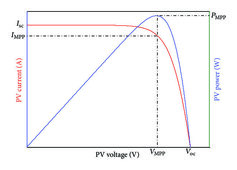yodamota
Solar Enthusiast
bjorn. while this seems silly. have you contacted morningstar? they have been responsive to my requests. I have always emailed them. It does seem odd that you are not seeing close to the absorption voltage. Knowing how annoying it is to change setting on this controller. What if you changed the absorption value to 10 minutes? Maybe you will than see it absorb or your voltage rise. Ive noticed my lithium battery will spike to my absorption voltage rather quickly when its near it.
I do wish these charge controllers had a way to end absorption based on the current/amps. As it stands right now it will always absorb the same time.
I do wish these charge controllers had a way to end absorption based on the current/amps. As it stands right now it will always absorb the same time.





